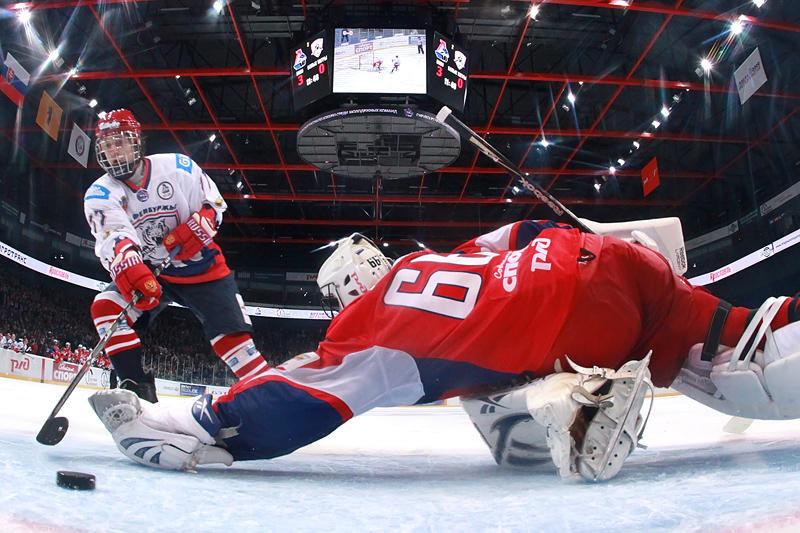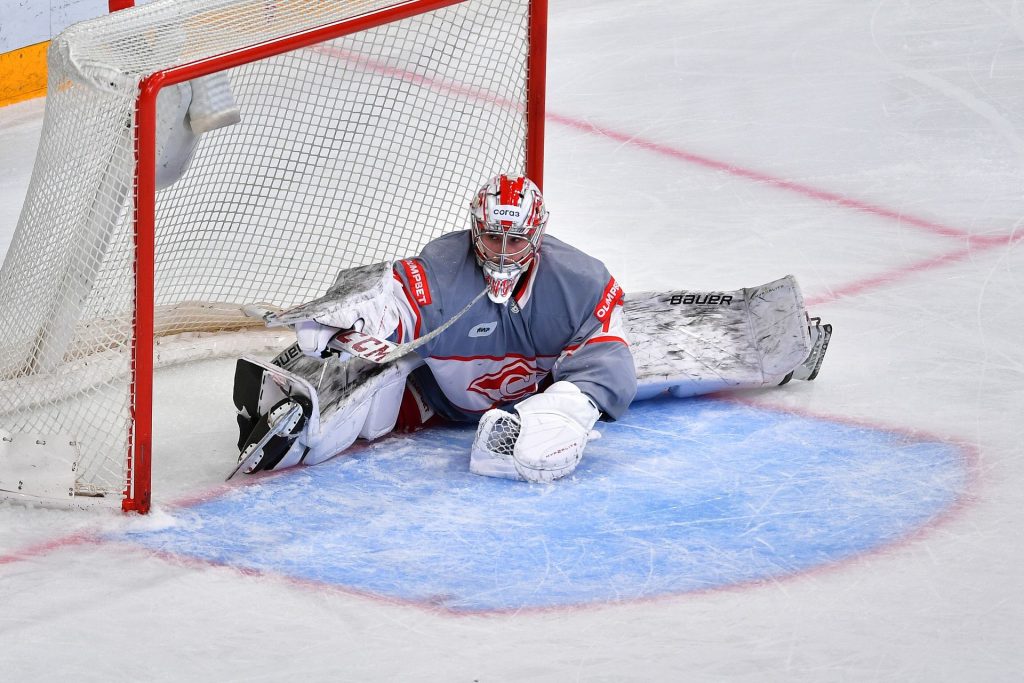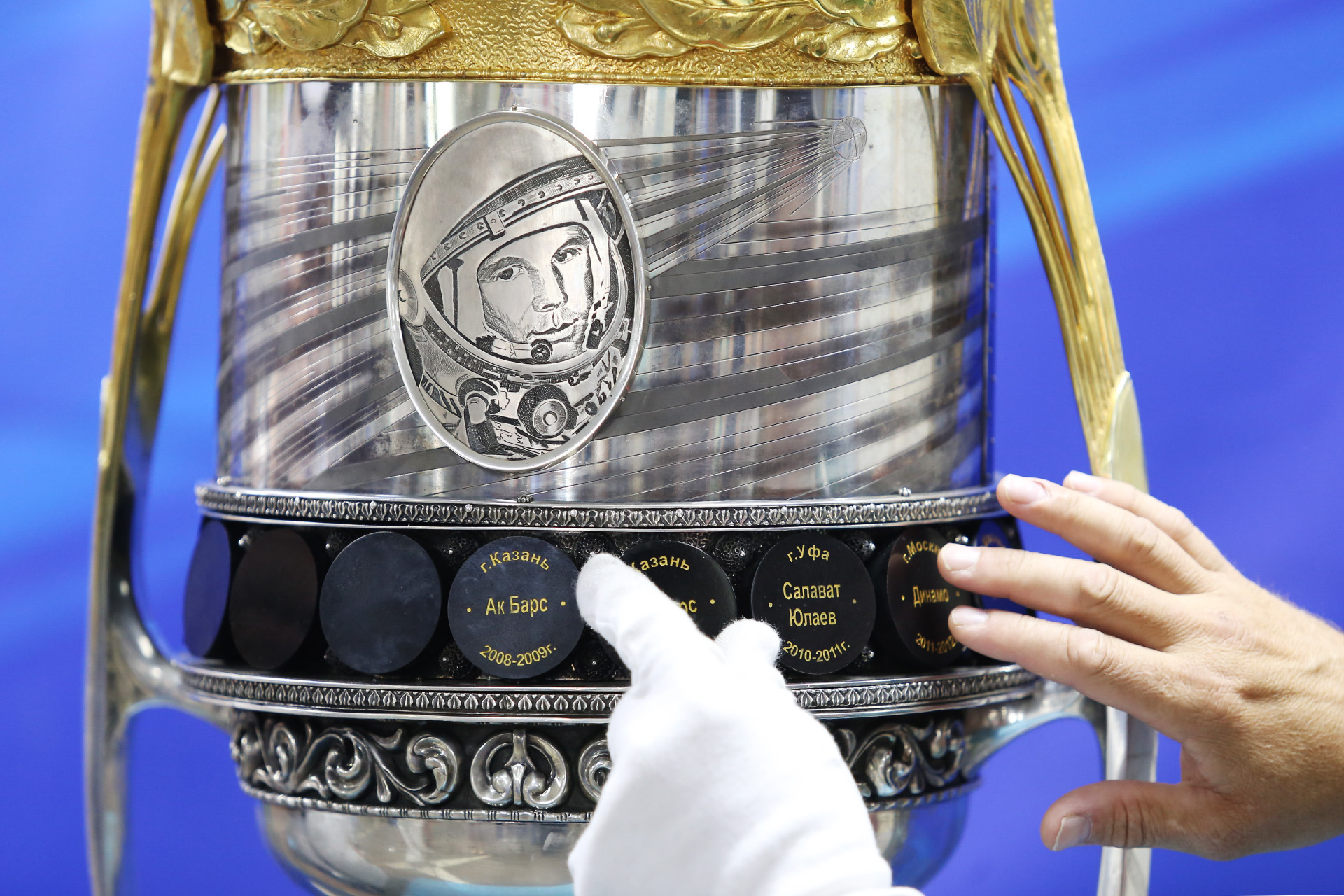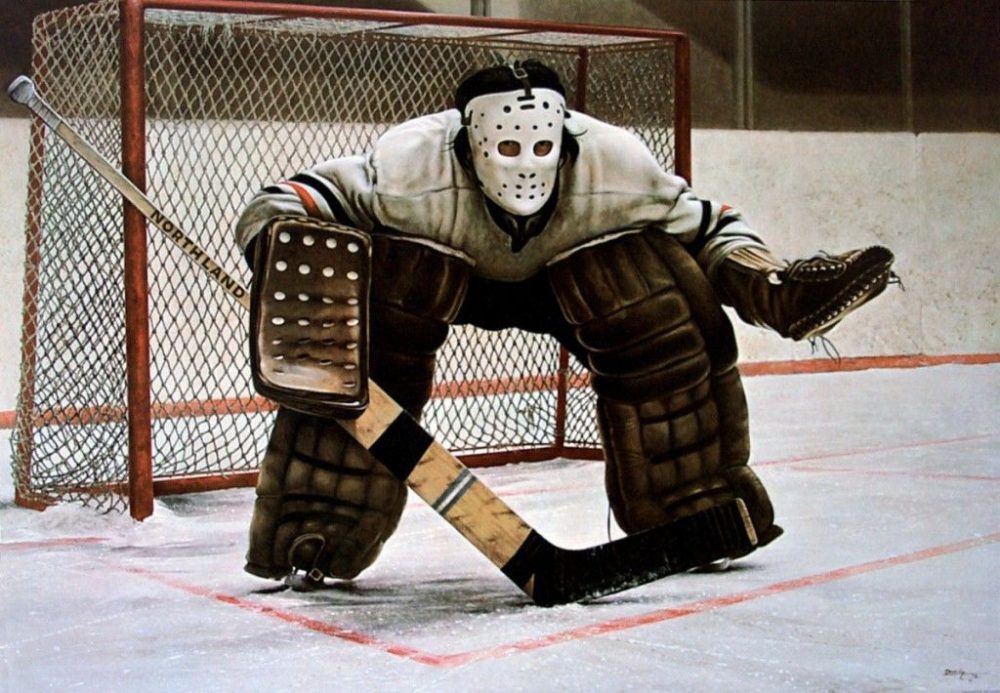Shootouts in hockey with a puck are not just a spectacular element, but a strategically important component that affects the final results of matches. Each precise shot in a shootout series can mean victory or defeat for the team. In modern hockey, shootouts are not seen as a coincidence, but as part of a well-thought-out system that combines technique, psychology, and analytics. To understand the significance of this element, it is important to consider it from the perspective of rules, statistics, history, and its impact on game tactics.
Shootouts in Hockey with a Puck: Essence and Regulations
A shootout in hockey with a puck is an individual execution by a player of a shot against the goalkeeper without resistance from other hockey players. The appointment occurs in two cases: in the event of a serious violation that deprives the player of a clear opportunity to score a goal, or as part of a post-match series if the game ends in a tie after overtime.

The procedure is strictly regulated:
- The player starts from the center of the rink and is allowed to move the puck forward, without going back.
- The attempt ends if the puck is lost, stopped, or if the goalkeeper secures it.
- Repeating the attempt is prohibited, except for a technical error, such as the puck popping out from under the helmet.
Usually, each attempt takes no more than 10 seconds, but the tension for spectators reaches its peak during these moments, especially in the playoffs.
History of Emergence
 The first documented use of shootouts in hockey with a puck occurred in 1934 in the Canadian Hockey League. They were used as a punishment for harsh fouls. In the National Hockey League (NHL), the official introduction of this element in its current form only took place in the 2005/2006 season, after a lockout, to eliminate tie games.
The first documented use of shootouts in hockey with a puck occurred in 1934 in the Canadian Hockey League. They were used as a punishment for harsh fouls. In the National Hockey League (NHL), the official introduction of this element in its current form only took place in the 2005/2006 season, after a lockout, to eliminate tie games.
Prior to this, teams would end games in a tie or determine the winner in a series of overtimes. Shootouts proved to be more entertaining and predictable from a broadcasting standpoint. Since then, most professional leagues, including the KHL, the Swedish SHL, and the Finnish Liiga, have integrated shootouts into the structure of matches.
Challenge for the Goalie and Player
Shootouts in hockey with a puck require lightning-fast reactions from the goalkeeper, maximum concentration, and the ability to read the opponent’s intentions. Goalies study the habits of attackers on video, analyzing who is inclined to make dekes and who is likely to shoot high. Players, in turn, develop individual shootout scenarios. For example, Washington Capitals forward Evgeny Kuznetsov is known for his slow, deliberately smooth execution. In the KHL, forwards like Nikolai Goldobin or Damir Zhafyarov stand out, demonstrating a high success rate – more than 45% of attempts end in a goal.
Impact of Shootouts in Hockey with a Puck on Tournament Results
Teams with skilled shootout performers often win evenly matched games during play. For example, in the 2022/2023 KHL season, the “Ak Bars” club secured 8 victories in shootout series, earning an additional 8 points and reaching the playoff zone. In the NHL, such an advantage often determines the fate of wild-card spots. In the 2019/2020 season, the “Columbus Blue Jackets” earned 12 points for shootout wins, with a shooting percentage of 31.3% – significantly higher than the league average (23%).
Tactical Features in Preparation
Coaches thoroughly prepare for shootout series. Special assistants study goalkeeper statistics and provide individual recommendations to each attacker. Characteristics taken into account include:
- The goalie’s catching hand.
- Preferred defensive style (aggressive approach or holding the near post).
- Successful zones of past goals.
- Frequency of deceptive movements.
Some clubs even use statistical platforms, such as InStat Hockey or HockeyTech, to analyze the effectiveness of shootout series across seasons and leagues.
Shootouts in Hockey with a Puck and Pressure Psychology
A shootout series is comparable to a penalty shootout in soccer: emotional tension is off the charts, especially in high-stakes matches. Sports psychologists claim that successful performers often use visualization techniques of success before attempting a shot. NHL teams, such as the Toronto Maple Leafs and the Vegas Golden Knights, hire cognitive preparation specialists.
The level of stress also affects goalies: a series loss can lead to a decrease in confidence, which impacts subsequent games. Therefore, working on the mental resilience of players in the shootout zone takes up a significant portion of training sessions.

Specifics of shootouts in hockey with a puck:
- The element is used both for serious fouls and as part of a post-match series.
- Execution takes place from the center of the ice without interference from defenders.
- Moving the puck backward during execution is prohibited.
- Each attempt lasts no more than 10 seconds.
- The goalie is allowed to move within the goalie zone.
- Success rates in shootouts across leagues range from 18% to 35%.
- The best shootout performers in the KHL have an accuracy rate above 45%.
- Tactical preparation for shootouts includes video analysis and movement modeling.
- Psychological resilience affects execution accuracy by more than 20%.
- Victories in shootouts often determine the final position in the regular season.
Conclusion
 Shootouts in hockey with a puck play a much more significant role than meets the eye. They influence match outcomes, tournament standings, and even the career trajectories of individual players. This element of the game combines skill, calculation, intuition, and mental resilience. A well-structured shootout strategy can not only save a team from defeat but also give it a decisive advantage in the playoffs. In modern hockey, shootouts are not a stroke of luck but an art integrated into the system of training, statistics, and psychological preparation.
Shootouts in hockey with a puck play a much more significant role than meets the eye. They influence match outcomes, tournament standings, and even the career trajectories of individual players. This element of the game combines skill, calculation, intuition, and mental resilience. A well-structured shootout strategy can not only save a team from defeat but also give it a decisive advantage in the playoffs. In modern hockey, shootouts are not a stroke of luck but an art integrated into the system of training, statistics, and psychological preparation.
 en
en  ru
ru  de
de  ar
ar  es
es  hi
hi  fr
fr  nl
nl  it
it  pt
pt  el
el 



